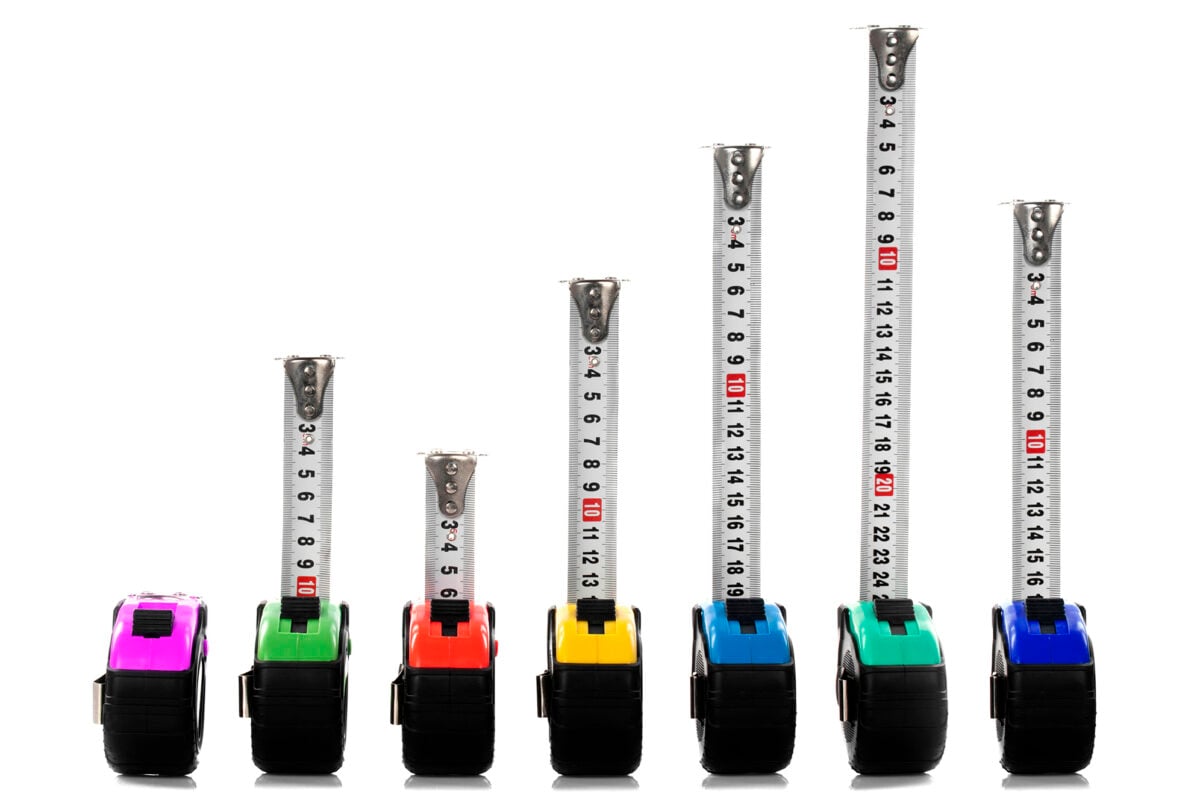Successful organizations measure internal communication programs using strategic business goals
Thanks to a growing number of tools and resources, communicators have access to more data than ever before, yet it can still be difficult to determine if the right things are being measured. To get an accurate assessment of the effectiveness of an internal communication program, JPL works with clients to answer this question first:
What specifically do we want to achieve in communicating with employees?
“To inform,” “to create awareness” or “to educate” are common responses. While those are important, they suggest that the communication function exists only to produce information and push it out to the workforce.
The true power of a communication program lies in its ability to motivate and inspire employees in ways that help the company achieve its strategic business goals. The most successful internal communication programs use performance metrics that reflect their impact on company priorities.
Using that approach, internal communication goals might look more like these:
- Increase employee support or buy-in for a new initiative
- Increase productivity and efficiency
- Clarify or change opinions or behavior
- Improve quality and reduce errors
- Decrease safety incidents
- Increase morale and employees’ confidence in senior leaders
- Improve retention and decrease recruiting costs
This expanded view establishes a platform to measure communications initiatives using tangible, data-driven metrics. It also elevates the impact of an internal communication program beyond simply delivering information to the workforce and recasts it as an essential business function with responsibility to persuade, to entertain and to endear employees to the company.
Measurement Methods
Using a combination of digital tools and existing data, JPL helps clients show the direct impact of their programs on the company’s key performance indicators. Whenever possible, it is important to collect baseline data before implementing a communication program. This before-and-after approach illustrates how the initiative improved results.
- Polls – Polls are a great option for quick pulse checks. During a meeting or event, employees can use hand-held polling devices or download polling apps directly to their phones and provide real-time feedback. They can also be used before, during and after a meeting or event to show how the message or experience changed employees’ responses.
- Surveys – Used before a communication initiative and after, survey results can show how a communication plan influenced employees’ perceptions or understanding. Online survey tools are a convenient option for creating and sending surveys and analyzing the results.
- Employee Engagement or Satisfaction Surveys – The most successful companies make employee engagement an enterprise priority, and many companies use some type of employee engagement or satisfaction survey on a regular basis. Using the results of surveys completed before and after an employee communication initiative can show the plan’s influence.
- Focus groups and interviews – Talking in-person with employees is an effective way to gain deeper insight than what is gathered in polls and surveys. By tracking the progression of answers among employee segments over time, communicators can show how beliefs have changed as a result of communication programs.
- Social media or internal collaboration tools – Although it is subjective, communicators can learn a lot by observing activity in these channels. Monitoring the topics employees are talking about and the tone of their comments reveals the role that internal communication has played in shaping the conversation.
By measuring internal communication using the organization’s strategic business goals, JPL helps clients demonstrate the powerful value they add in helping to move a company forward.




